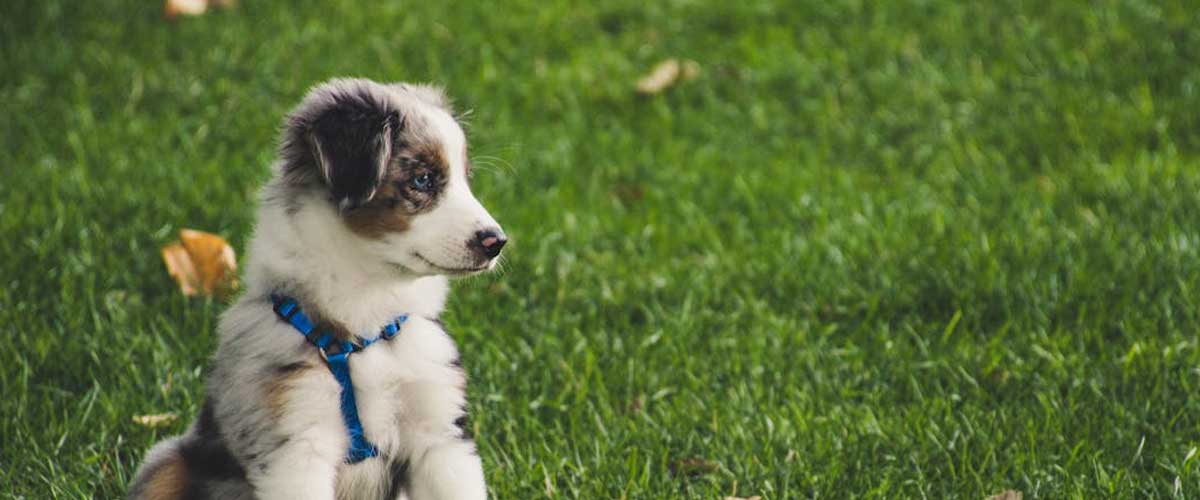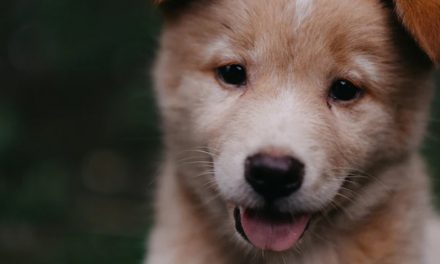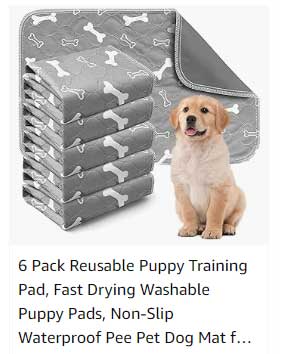Training a puppy can be one of the most rewarding experiences for a pet owner.
Not only does it help establish good behavior, but it also strengthens the bond between you and your furry friend.
In recent years, positive reinforcement methods have gained popularity, emphasizing encouragement rather than punishment.
This approach not only promotes effective learning but also creates a happy and enjoyable environment for both you and your pup.
Understanding Positive Reinforcement
Positive reinforcement involves rewarding desired behaviors to encourage their repetition.
It can include treats, praise, playtime, or affection.
The goal is to create a positive association with good behavior, making your puppy eager to learn and please you.
Getting Started with Training
1. Set Clear Goals:
Before diving into training, decide what behaviors you want to reinforce.
Basic commands like “sit,” “stay,” “come,” and “leave it” are great starting points.
2. Create a Training Schedule:
Consistency is key. Set aside short, frequent training sessions (5-10 minutes) throughout the day.
Puppies have shorter attention spans, so keeping sessions brief and fun is crucial.
3. Choose the Right Rewards:
Discover what motivates your puppy.
For some, tasty treats work wonders, while others may respond better to toys or verbal praise.
Experiment to find what excites your puppy and use it as a reward.
Making Training Fun
A positive training experience should incorporate play and excitement.
Here are some tips to keep your puppy engaged:
Use Playtime as a Reward:
After successfully completing a command, incorporate a game into the session.
Tug-of-war or fetch can be a great way to celebrate accomplishments.
Be Enthusiastic:
Your attitude matters! Use a cheerful tone and energetic body language to convey your excitement.
Puppies often mirror their owner’s emotions, so a positive demeanor can enhance their learning experience.
Socialization is Key:
Incorporate social interactions with other puppies and people into your training.
This helps to instill good manners and can make training sessions more dynamic and enjoyable.
Addressing Challenges
Every puppy is unique, and some may struggle with certain commands or behaviors.
Here are a few strategies to tackle challenges:
Stay Patient:
Learning takes time. If your puppy isn’t grasping a command, take a step back and simplify it.
Break it into smaller steps if needed.
Redirect Unwanted Behavior:
Instead of punishing negative behavior, redirect your puppy’s energy.
For example, if your puppy is chewing on furniture, provide a toy instead and praise them when they engage with it.
Stay Consistent:
Clear communication is essential.
Ensure that everyone in your household uses the same commands and rewards to avoid confusing your puppy.
Celebrating Achievements
Recognizing and celebrating your puppy’s progress, no matter how small, will motivate both of you to continue.
Consider setting up a special party or a small outing when your puppy masters a new skill.
This not only reinforces positive behavior but also makes training an enjoyable part of your lives.
Conclusion
Positive and upbeat training methods are not only effective but also cultivate a loving and respectful relationship between you and your puppy.
By focusing on rewards and maintaining a cheerful attitude, you can create an enjoyable learning environment that sets the stage for a well-behaved adult dog.
Remember that training is a lifelong journey—embrace each moment, and don’t forget to have fun along the way!











